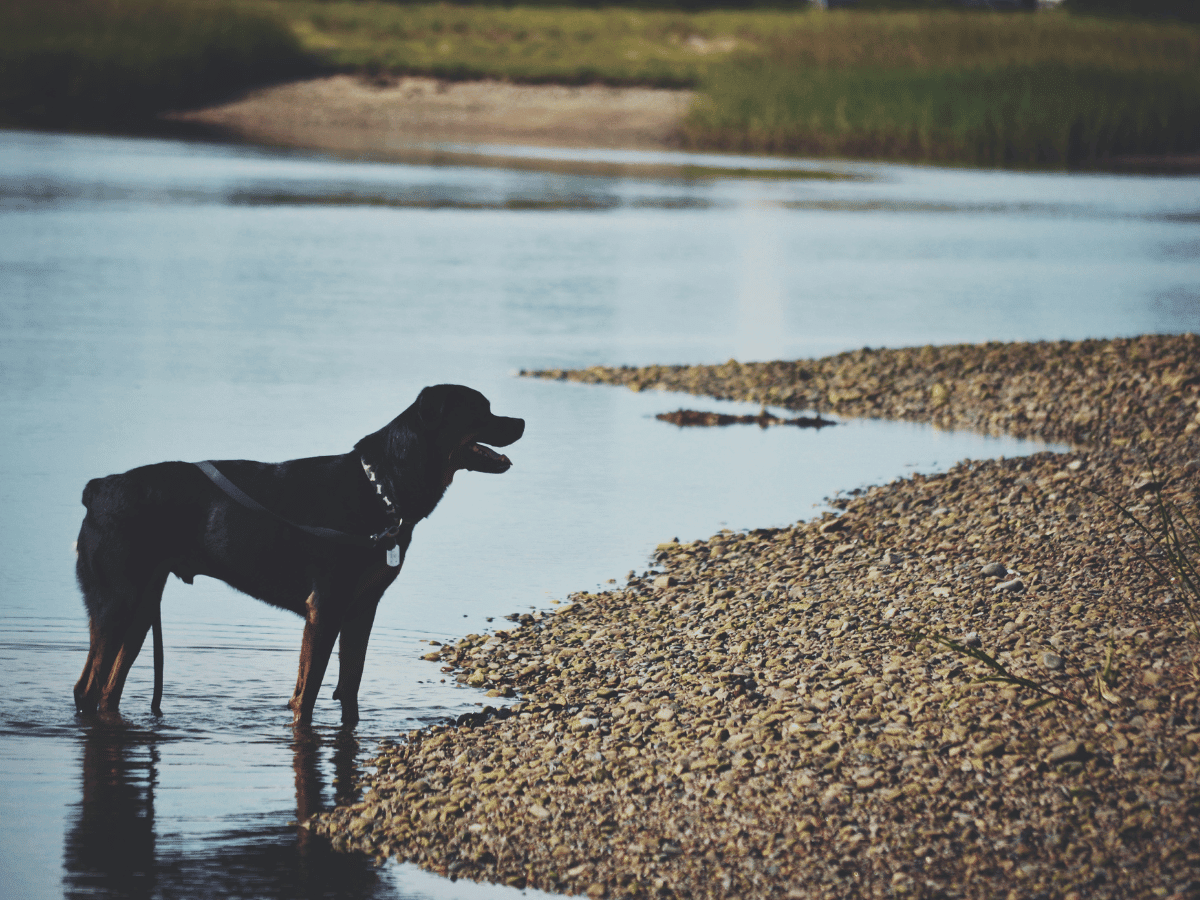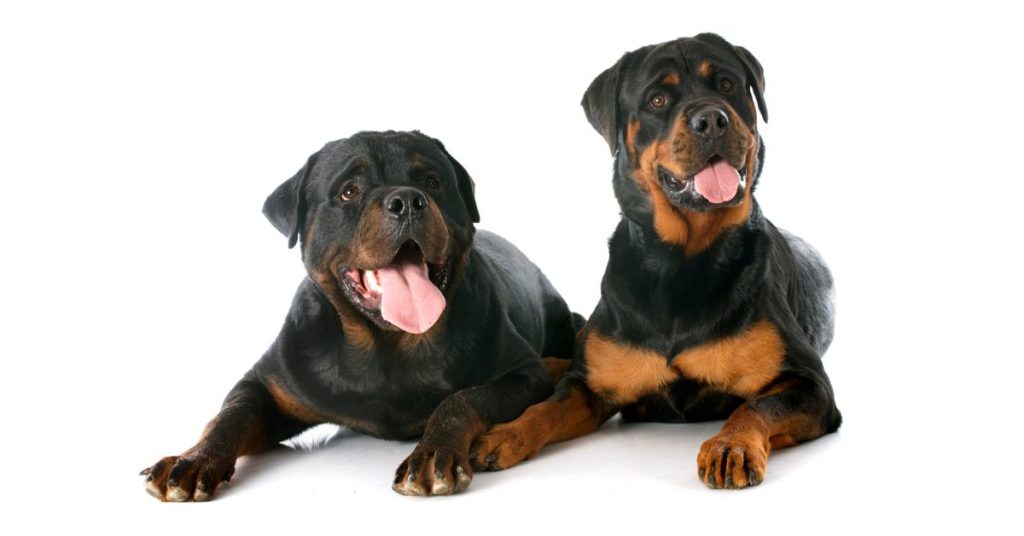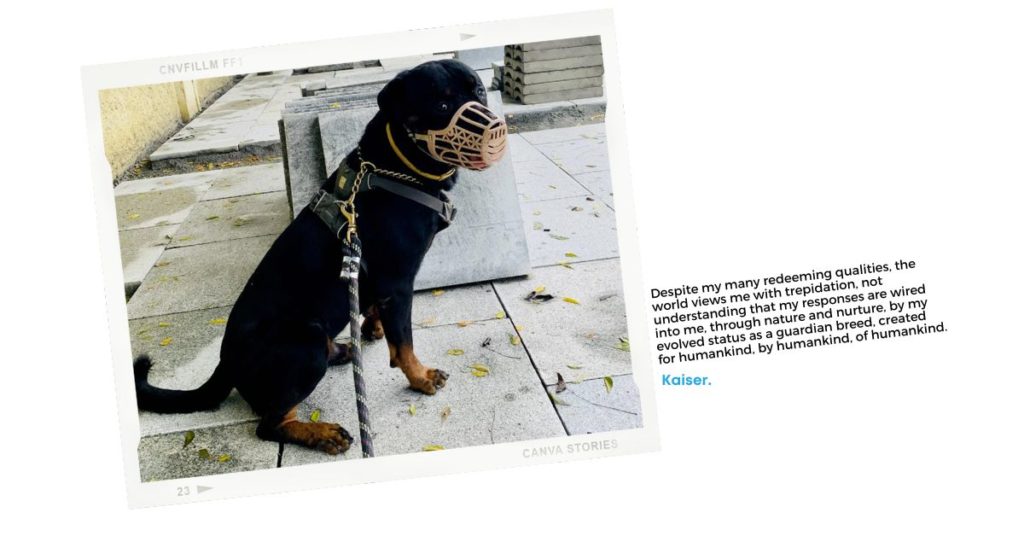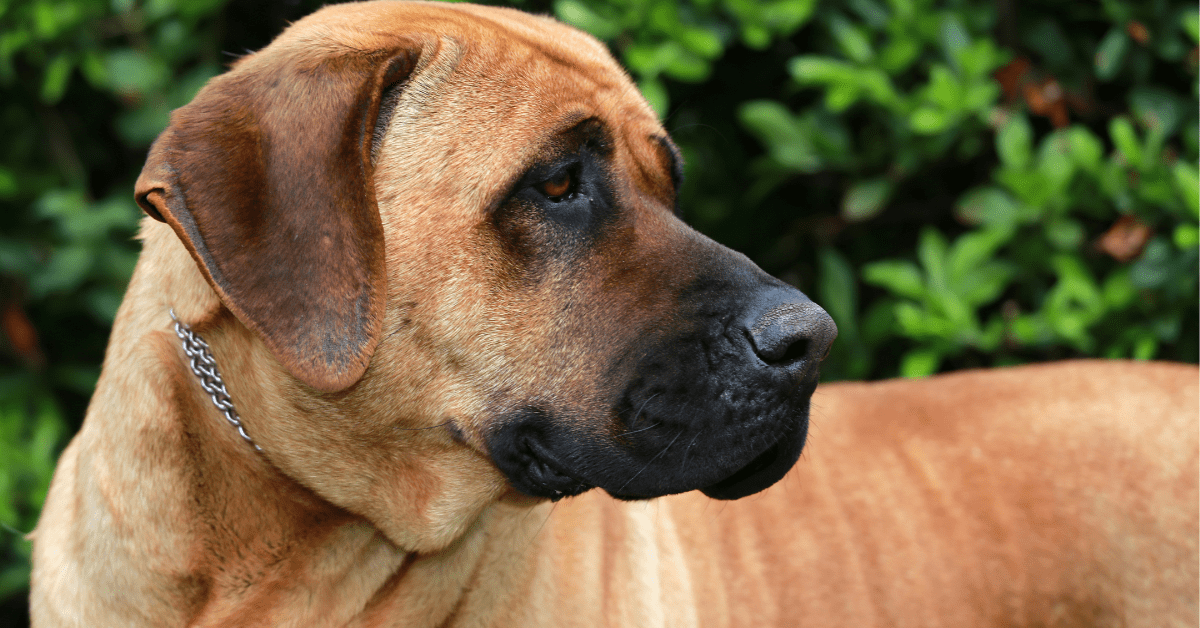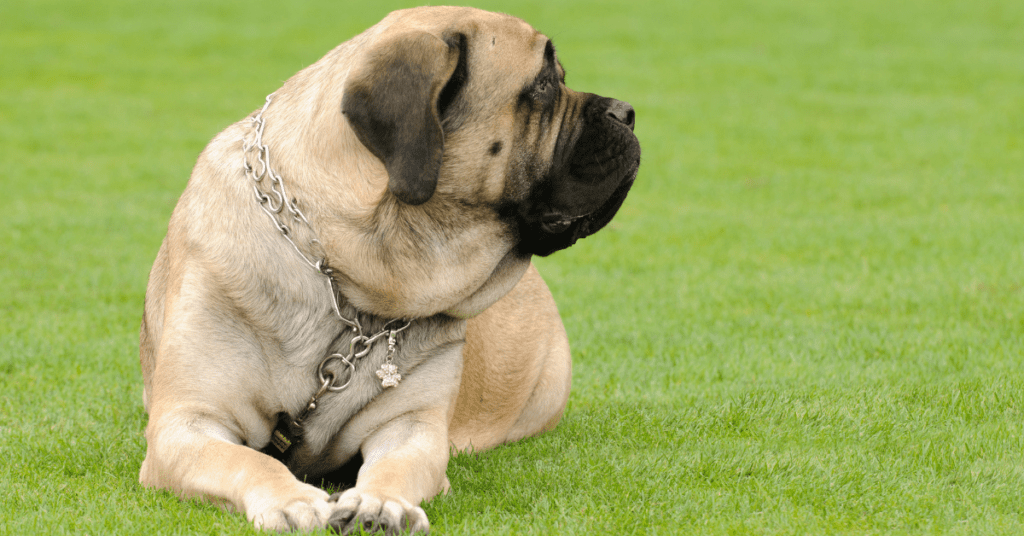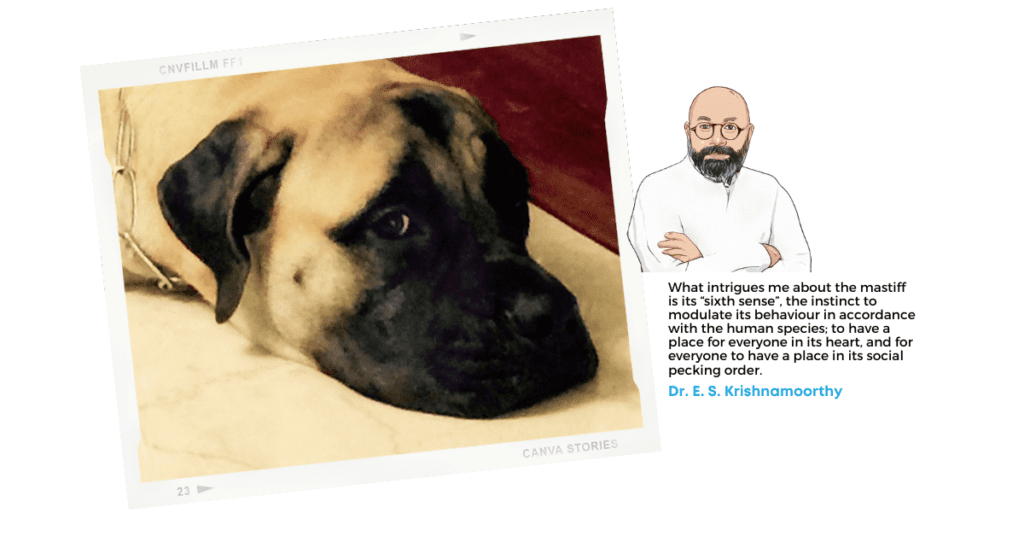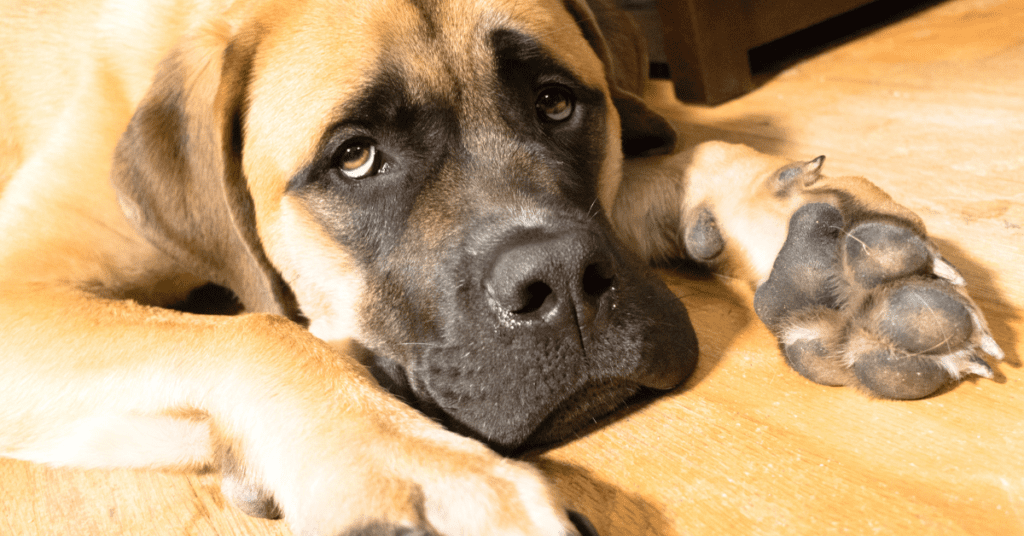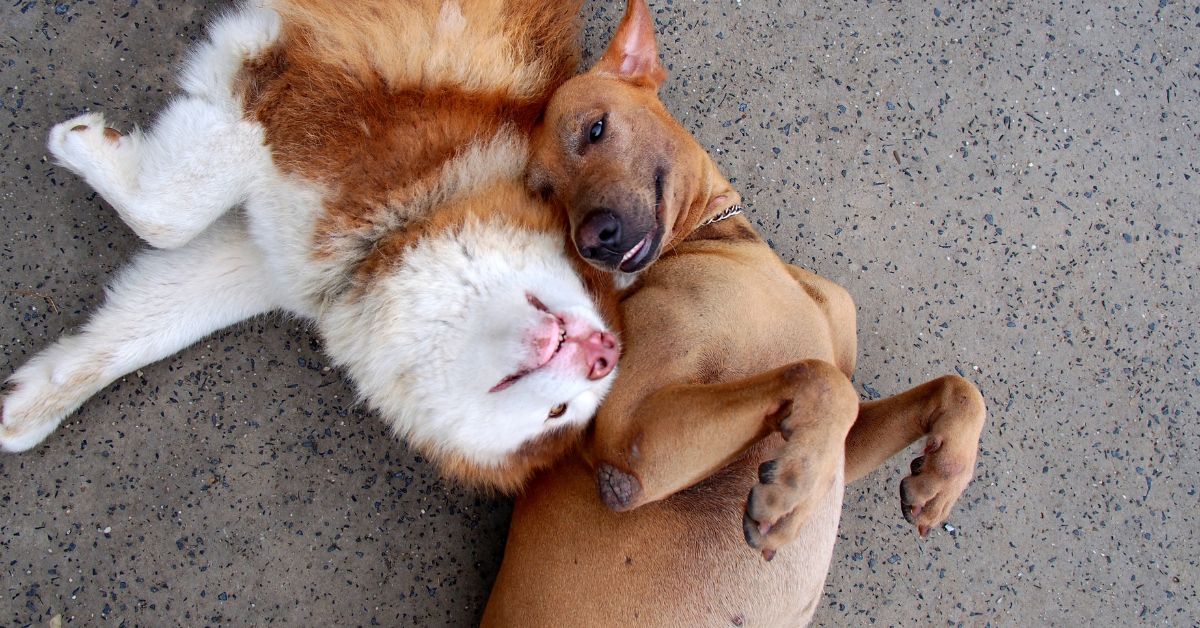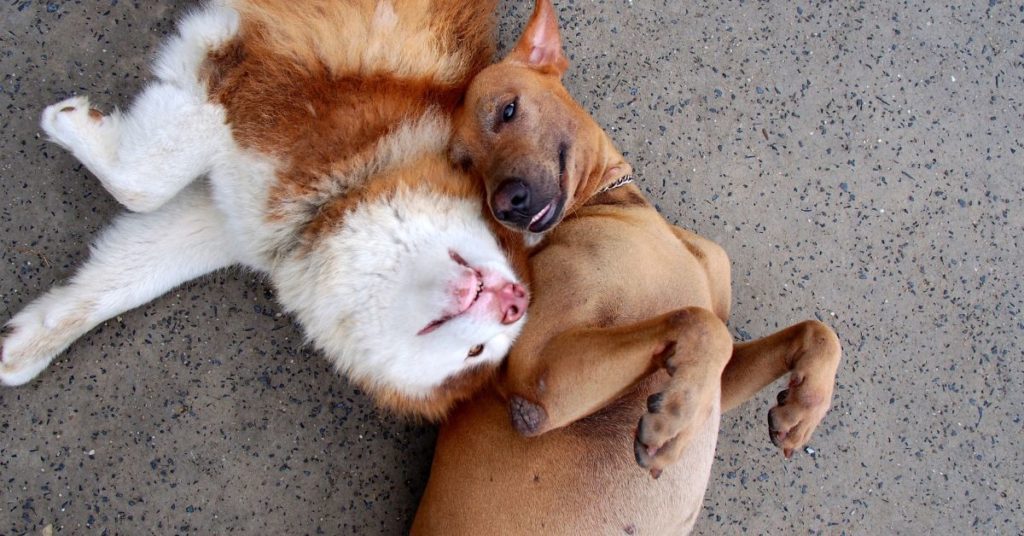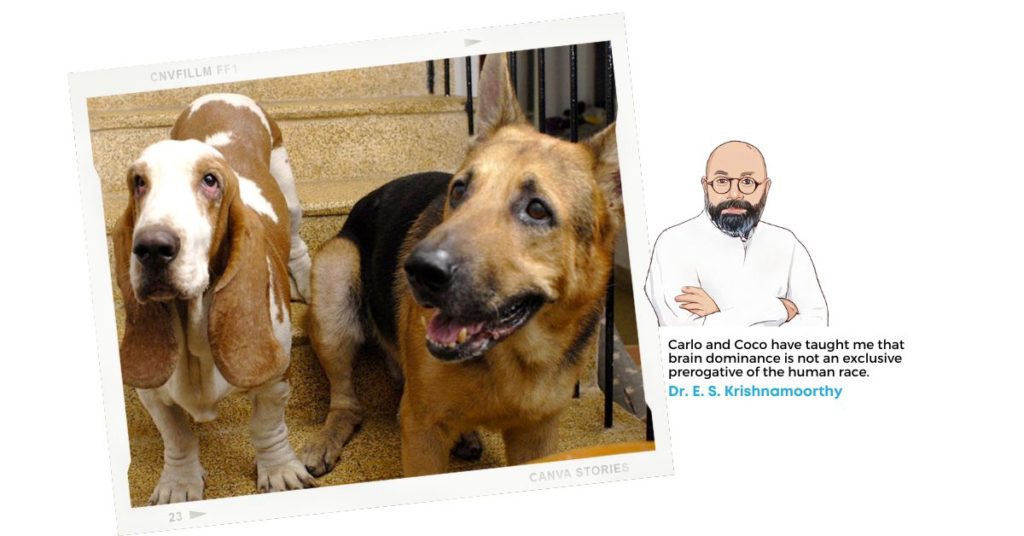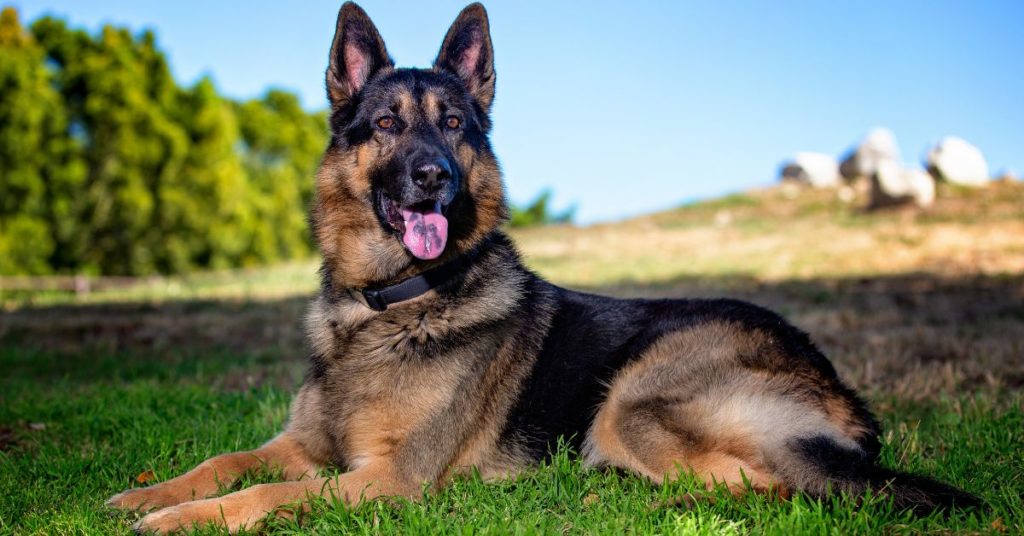Greetings folks! My name is Kaiser and I am a 5 plus year old Rottweiler who is a bit of a Chennai celebrity (read my opinion piece published in The Hindu open page ….). Today I am describing my 3M workout developed specially for my middle aged dad but applicable to all “mediatrics” (if kids are pediatric and elders geriatric, mediatrics sounds right doesn’t it?!).
What are the 3M’s that challenge ye folks as you age?! The first M is memory, that unique ability to dig up the past and connect the dots. Dad who is a neuropsychiatrist (of some repute I hear) tells me that memory, cognition and emotion are all closely linked. Thus when I take my mediatric dad for his walk, here’s how I help his memory. As my piece in The Hindu would have told you, I am prone to “react” to several environmental stimuli on our morning walk- barking dogs; people who walk too close, worse jog past; raise their hands in greeting; yell out to dad (the sheer cheek of it, I tell ya); worse stare at me, looking me in the eye! My response to all this and more, is to charge at the unsuspecting individual, my strong 55 kgs dragging along poor, unsuspecting dad. But I still would rate my morning walks as one of the greatest joys in life as I mentioned in A Rottweiler’s Multiverse. Now, with all this etched into his memory, dad pays constant attention to his environment, avoids all such provocateurs like the plague, and is constantly looking for escape routes to ensure I don’t “encounter” these folks! What I am working on constantly, apart from attention and memory, therefore, is his cognitive flexibility, the ability to rapidly change plans, adapt to the environment and shift set, skills that ye folks lose in your mediatric phase.
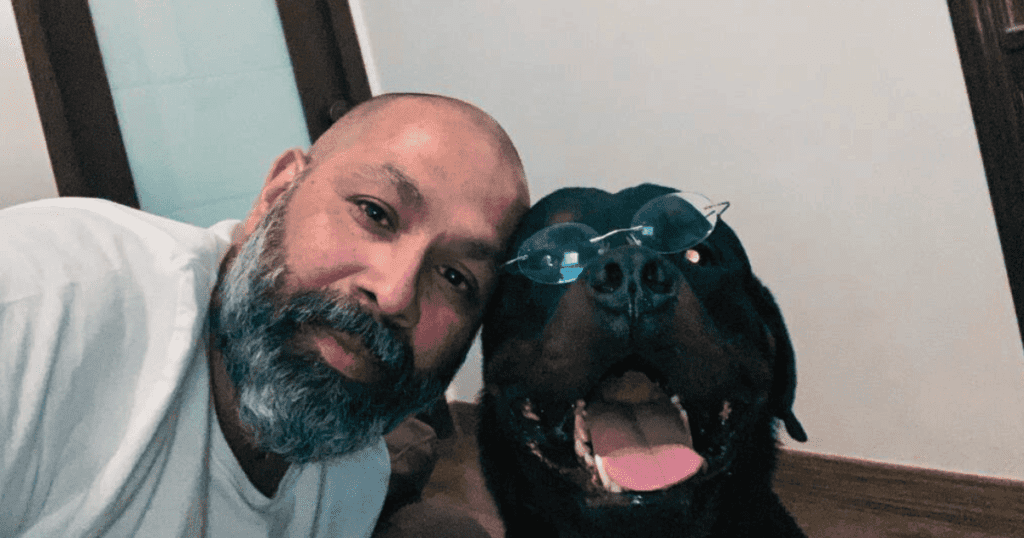

The second M is mobility. You would notice how folks in middle age walk slower with a broader based step, climb down stairs gingerly (anticipating a fall) and seek to make predictable movements alone. One brain function that clearly declines with advancing age is “posture and balance” says dad and this is compounded by various problems like poor core muscle strength, a decline in muscle memory, delayed reflexes, the list goes on. As I tell dad often, fear not, for Kaiser is here! My 55 kg body weight, immense strength and propensity for the unexpected charge, ensures that my mediatric dad gets a super work out. Not only do I give his upper limbs the stretches they require through my constant tugging, I ensure he is constantly practising the maintenance of posture and balance by varying his route, jumping on and off footpaths, rushing through sidewalk gardens, even going vertical in my pursuit of other dogs (and irritating humans). While Dad has a few kgs on me in terms of weight, I the Kaiser have quite a bit of muscle to compensate. Let me assure you, despite his own falls (that teach him valuable mobility lessons each time) I keep him in ship shape with my workout.
The third M is mental health or indeed mind care. Now imagine this middle aged guy did not have my wonderful companionship; my warm breath, wet tongue, large paw handshakes, need to sit on his lap not mindful of my own size, share his meal generously (he needs to be on a diet, given his age), all of which contribute immensely to his happiness and good quality of life (in my humble opinion); he would just be a “sad mediatric” with little to show for himself. Instead, walking me around, he is the veritable human showpiece of our neighbourhood, “Kaiser’s Dad”, with the ladies even admiring his “strength in controlling that Rottweiler”, moments that I allow him to savour. Clearly, I have a huge role to play in his “mind care” and his own pursuit of happiness.
Thus, I “the Kaiser”, that translates to Emperor in German, strongly recommend Dad’s 3M approach, which I believe has become “institutional” in Buddhi Clinic, not just for the rehabilitation needs of those so affected, but for preventive brain health in ye mediatrics. You can acquire a dog (I have a preference for Rottweilers, but hey we are not the breed for all ye folks) – perhaps any dog that you can walk regularly, would suffice. And if you choose not to be that lucky (ie you don’t want one of us canines in your life), well there is always Buddhi Clinic where I understand they blend modern science and ancient wisdom for 3M care- Memory, Mobilty & Mental Health. You can write to dad in confidence founder@buddhiclinic.com and I am sure he will help you. Ciao!

